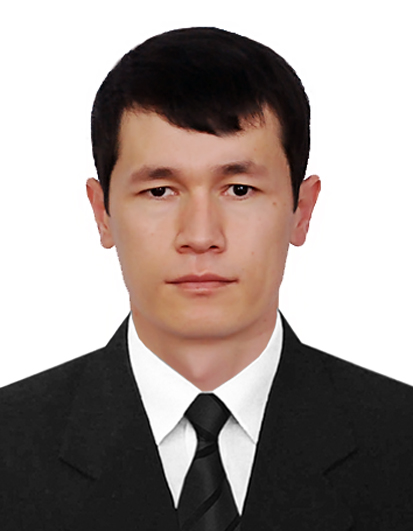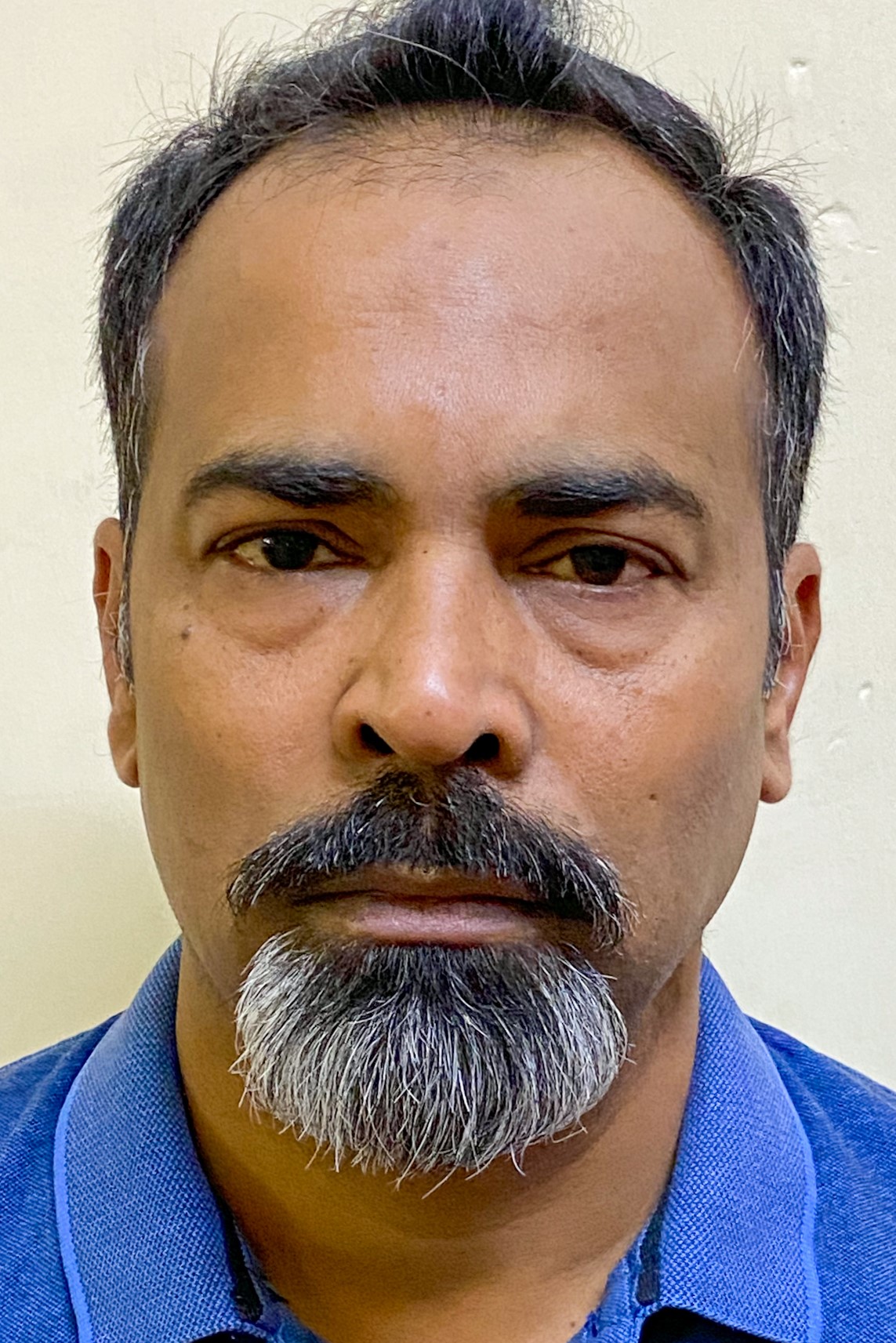Hr And Admin Management articles list
The main problems at assessment of qualitative and quantitative indices of state activity
The article analyzes the main problems of making an assessment of public administration activities, gives important question and makes main ways of experiences of assessing criteria of public administration. This the article is also devoted to the analysis of the essence of efficiency and quality of public administration in the world and studies the main conceptual models of efficiency of public administration, the definition of types of efficiency and identification of the main problems when forming criteria for evaluation of efficiency and quality of the government
A comparative study of social and economic aspect of migration
India is a country of immense diversity. It is home to people of many different racial, languages, ethnic, religious, and national backgrounds. Groups of people in India differ from each other not only in physical or demographic characteristics but also in distinctive patterns of behavior and these patterns are determined by social and cultural factors like language, region, religion, and caste. Apart from behaviour, economic development, level of education and political culture of the people in various social segments differ from region to region. More you can say that economy and cultures have been enriched by the contributions of migrants from round the globe. In an increasingly globalised world, migratory movements is continuously shaping the countries all over the world. Some countries like India and Ireland, which set the example of economic development and social integration, have the positive impact of the migration by globalisation and some countries like USA, which recently witness racism, xenophobia and discrimination have the negative impact on the migrants. It does not mean India do not face fragmentation and USA do not have cohesion. USA have many stories which show successful integration process, that facilitated the lives of immigrant communities, but being a developed country it still suffers from cultural alienation. In these countries, borders are built within borders to create cultural divides that do not allow people to integrate. Recently, this problem has become more prominent due to the rise of terrorism, clash of cultures in the world, leading to the glorification of stereotypes. People are becoming less accepting towards anyone who does not belong to their region. Migration does not stop after people move from one place to another place. The main question start after that ‘now what’ they will do. That is why this topic needs to be discussed thoroughly in order to find better solutions. This paper will begin with an analysis of different approaches to Migration, discuss the target groups for integration policies, provide indicators of the current situation of migrants and proceed to an analysis of integration tools: legislation, social policies and participatory processes. It will focus not only on the impact of migration but also on social integration, mix culture like indo-western culture in a comparative basis.
A comparative study of social and economic aspect of migration
India is a country of immense diversity. It is home to people of many different racial, languages, ethnic, religious, and national backgrounds. Groups of people in India differ from each other not only in physical or demographic characteristics but also in distinctive patterns of behavior and these patterns are determined by social and cultural factors like language, region, religion, and caste. Apart from behaviour, economic development, level of education and political culture of the people in various social segments differ from region to region. More you can say that economy and cultures have been enriched by the contributions of migrants from round the globe. In an increasingly globalised world, migratory movements is continuously shaping the countries all over the world. Some countries like India and Ireland, which set the example of economic development and social integration, have the positive impact of the migration by globalisation and some countries like USA, which recently witness racism, xenophobia and discrimination have the negative impact on the migrants. It does not mean India do not face fragmentation and USA do not have cohesion. USA have many stories which show successful integration process, that facilitated the lives of immigrant communities, but being a developed country it still suffers from cultural alienation. In these countries, borders are built within borders to create cultural divides that do not allow people to integrate. Recently, this problem has become more prominent due to the rise of terrorism, clash of cultures in the world, leading to the glorification of stereotypes. People are becoming less accepting towards anyone who does not belong to their region. Migration does not stop after people move from one place to another place. The main question start after that ‘now what’ they will do. That is why this topic needs to be discussed thoroughly in order to find better solutions. This paper will begin with an analysis of different approaches to Migration, discuss the target groups for integration policies, provide indicators of the current situation of migrants and proceed to an analysis of integration tools: legislation, social policies and participatory processes. It will focus not only on the impact of migration but also on social integration, mix culture like indo-western culture in a comparative basis.
Study of temperature variation in human peripheral region during wound healing process due to plastic surgery
In this paper, investigations are made to analyze the human body temperature during wound healing process due to surgery. Wound is considered after the skin graft. Skin graft is a technique used in plastic surgery. Skin is the first line of defense between the human and environment, it is very susceptible to damage. Internal body or core temperature (Tb) is one of the clinical vital signs along with pulse and respiratory rates. Any disturbance in body temperature will drive complexities in wound healing process. These studies are important in the mechanism of establishing the limits of thermal regulation of human body during the healing process in different situations and conditions. The Finite element method is used to analyze tissues temperature for normal tissues (donor site) and abnormal tissues (tissues after surgery). Appropriate boundary conditions have been framed. Numerical results are obtained using Crank Nicolson Method.
Metapuf: a challenge response pair generator
Physically unclonable function (PUF) is a hardware security module preferred for hardware feature based random number and secret key generation. Security of a cryptographic system relies on the quality of the challenge-response pair, it is necessary that the key generation mechanism must unpredictable and its response should constant under different operating condition. Metastable state in CMOS latch is undesirable since it response becomes unpredictable, this feature used in this work to generate a unique response. A feedback mechanism is developed which forces the latch into the metastable region; after metastable state, latch settle to high or state depends on circuit internal condition and noise which cannot be predicted. Obtained inter hamming variation for 8 PUF is 51% and average intra hamming distance is 99.76% with supply voltage variation and 96.22% with temperature variation.
Intersection of caste and gender based subjugation
One of the unique features of Indian society is prevalence of caste system which was originated thousands of years back to demarcate the people engaged in different occupation or jobs. Initially it was not much rigid but gradually people belonging to upper castes for their own selfish means to maintain their monopoly made this arrangement hereditary and started treating people of lower castes disgracefully. For preservation of this system, people started controlling their women to prevent inter-caste marriages and the concept of endogamy came up. This robbed away many types of freedom from women. For women belonging to lower castes, this situation is worse as they are doubly subjugated on the basis on caste as well as gender. Men belonging to their own caste treat them as secondary beings. This paper throws light on this intersection. How intersection of these two kinds of inequalities place them at the lowest position in Indian society. Dr. B.R. Ambedkar rises as their leader who all his life worked for empowerment of downtrodden section of society. He argues that education is the primary tool for evading these differences among people. He further emphasizes to adopt the concept of exogamy to break the backbone of Indian caste system and to immediately leave a religion or culture which legitimizes such system of inequality among people of the same land.
Intersection of caste and gender based subjugation
One of the unique features of Indian society is prevalence of caste system which was originated thousands of years back to demarcate the people engaged in different occupation or jobs. Initially it was not much rigid but gradually people belonging to upper castes for their own selfish means to maintain their monopoly made this arrangement hereditary and started treating people of lower castes disgracefully. For preservation of this system, people started controlling their women to prevent inter-caste marriages and the concept of endogamy came up. This robbed away many types of freedom from women. For women belonging to lower castes, this situation is worse as they are doubly subjugated on the basis on caste as well as gender. Men belonging to their own caste treat them as secondary beings. This paper throws light on this intersection. How intersection of these two kinds of inequalities place them at the lowest position in Indian society. Dr. B.R. Ambedkar rises as their leader who all his life worked for empowerment of downtrodden section of society. He argues that education is the primary tool for evading these differences among people. He further emphasizes to adopt the concept of exogamy to break the backbone of Indian caste system and to immediately leave a religion or culture which legitimizes such system of inequality among people of the same land.
Power sector reforms in nigeria: implications for agro-manufacturing industry
Abstract The main objective of this paper is to examine the nexus between the reforms that have been carried out in Nigeria concerning the power sector, and the implications of the reforms on the transformation of agro-allied industries. The power sector, no doubt, can be said to have the potential that can propel national development considering the overall importance of energy to the survival of the nation in terms of job creation, industrial development and sustenance as well increase in revenue generation and Foreign Direct Investment opportunities, among others. The unfortunate situation, however, is that in spite of a number of policies enunciated by successive governments aimed at improving on the power sector, not much has been achieved. The multiplier effect of this kind of development has been seen in the widespread epileptic power shortages, downward spiral of efforts towards industrial development drive; unemployment, shortage of national revenue accruing to government coffers, bourgeoning and rising poverty levels, to mention but a few. All of these have further contributed to the growing army of problems currently being witnessed in the country at the moment. This study is a theoretical exposition of the existing works of scholars and experts in the broader field of power sector reforms. The paper is exploratory in structure and method of its investigation. The study concludes and recommends that in view of the prevailing socio-economic circumstances in Nigeria, genuine reforms in the energy sector devoid of political rhetorics will go a long way in mitigating some of the challenges of contemporary times in the power sector
Insecurity in a democratic state: towards reformulating roles of traditional institutions for enhanced national security in nigeria
The main focus of this paper is to examine the relationship between insecurity in Nigeria and how traditional institutions such as traditional monarchical system can be used as veritable tool to curtail increasing insecurity in a democratic system such as Nigeria. The pervasive nature of insecurity,though,not an entirely Nigerian problem, has been trending of late, andhence, become a huge source of worry for scholars,experts,public commentators and the international community at large.The menace of insecurity finds expression in wanton killings, kidnapping,farmers-herders conflicts, rape, communal clashes, militia activities, ethnic secessionist agitations and many other strands of violence. The multiplier effects of all these challenges have been very devastating in terms of the recent attacks witnessed all over the country in recent times. This study observes that most of the people engaged in some of these atrocities might be well known to traditional rulers in the communities where they come from. This is because traditional rulers are closest to the people. The work is an exploratory study and relies solely on literature and works of experts in the broader field of security studies for investigation. The paper sums up a conclusion and recommends that there is a need for the adoption of both vertical and horizontal approaches to tackle the menace of insecurity, particularly, using the instrumentality of traditional institutions as a point of departure.
Improving quality work by infusing a “sense of belongingness” in lowest-level workers.
Objective: Improving quality work by infusing a “sense of belongingness” in lowest-level workers. The present work focuses on the management of human resources in an enterprise where contract workers are involved in carrying out quality work related to the parent organisation. In today’s world, where the number of supervisors has reduced significantly, it is a challenge to maintain the quality of work at a satisfactory level. The paper proposes to enhance the quality of work by infusing a “sense of belongingness” into lowest-level workers. Methodologies adopted: Case studies. The first case study was conducted between 2007-2011 during a project related to Rural Electrification Work in the Bokaro district under the scheme RGGVY. The author was deputed to supervise the rural electrification work of 300 villages with thousands of kilometres of 11kv and 415V distribution lines, along with over 400 distribution transformers in four blocks of the Bokaro district in Jharkhand. Contractors engaged local workers for erection of all infrastructure. The author explained the process of erection to local communities and brought about a sense of belongingness in them towards the infrastructure being developed. The second case review was conducted between 2013-16 at Chandrapura, Bokaro, during the operation and maintenance work of the 220KV switchyard. Six workers were involved in the maintenance work of the switchyard. They rectified faults during emergencies and took care of housekeeping. However, they only followed orders and never worked proactively. The author divided the workplace into eighteen parts, each maintaining three parts. During monthly walk-in inspections, one worker was awarded as the best contractor’s employee of the month of that section, which introduced a sense of competition among them. Analysis: During the first case study, after pointing out the benefits of the infrastructure being developed and how the quality of work will help in its sustainability for an extended period, villagers realised its importance in their well-being. As a result, they kept vigil over the contractor’s work during the erection process. In second case study, the repetitive external motivation (awards and appreciation) infused a “sense of belongingness” in them. Thus, all employees started functioning proactively. As a result, the occurrence of electrical faults was reduced drastically, and housekeeping improved. Findings: These two case studies lead the author to coin the term “sense of belongingness”, which can lead to improve the quality of work by the lowest-level workers in a company. There are five ways to develop a “Sense of Belongingness” (SOB) among workers- external motivation, which can lead to internal motivation; mutual respect; a sense of duty (every person has their own responsibility); brainstorming sessions (to make them feel as an integral part of the department); encouraging them to do more than expected. Conclusion: All these steps help to develop a “sense of belongingness” among the lowest-level workers in an organisation. Without these principles, it will be a challenge to achieve quality work. The paper addresses all the processes in detail to improve the work culture in a department and, ultimately, an organisation.
Mahdi Dehghani Darmian
Department Of Mathematics, National University Of Skills (nus), Tehran, Iran.
Dr Ramy El-kady
Police Academy, Egypt
Most Popular Category
- Pharmacy (256)
- Education and social science (212)
- Pharmacology (208)
- Pharmacognosy (172)
- Business management (140)
- Pharmacology and toxicology (129)
- Pharmaceutical sciences (125)
- Education and training (122)
- Research (119)
- Medicine (110)
- Management (97)
- Health Science (95)
- Human resource management (83)
- Biological Sciences (82)
- Computer Science (80)
- Computer Science Applications (74)
- Accounting and finance (66)
- Engineering (65)
- Information technology (58)
- Pharmacy practice (57)
 Ikboljon Odashev Mashrabjonovich
Ikboljon Odashev Mashrabjonovich 1.jpg) Ekta Meena
Ekta Meena  Canice Erunke
Canice Erunke  RAJIV RANJAN SINHA
RAJIV RANJAN SINHA